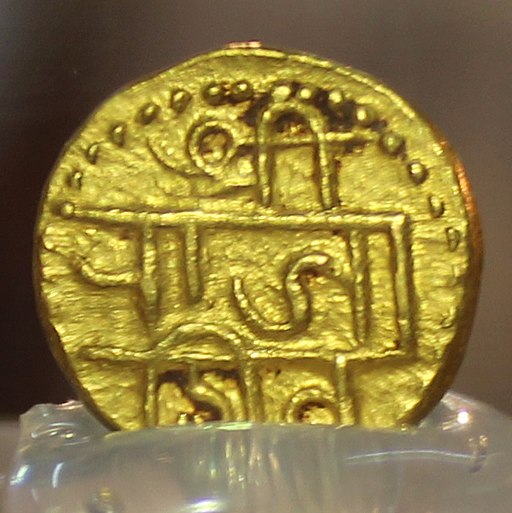
A mural is a painting or drawing that is painted or created directly on the walls and ceilings of a building or on a permanent surface. Old age murals can be found in multiple cave paintings and on various buildings. Modern day murals can be seen in public spaces such as streets, parks and various walls across the city. Artwork done in public places also goes by street art. The word mural is derived from the Latin word ‘murus’ which means wall.




